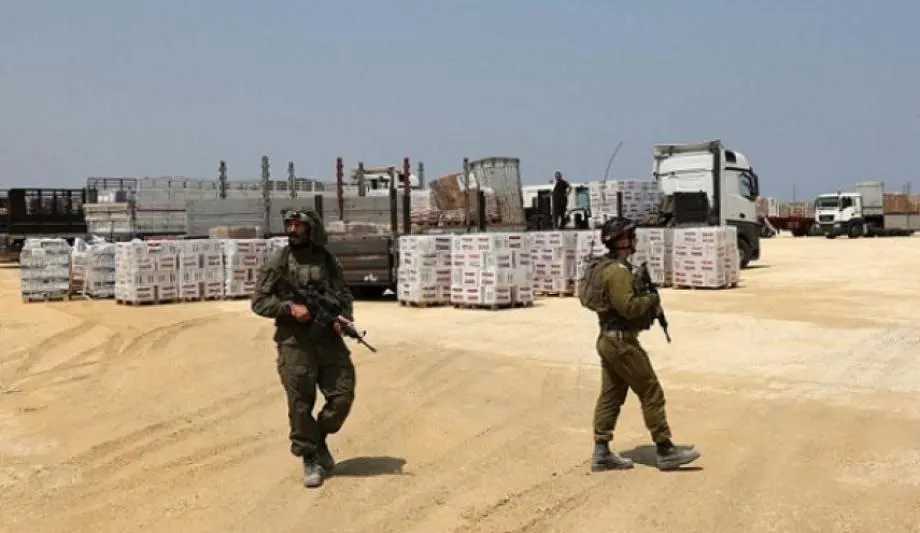The fact sheet examines the role of the United Nations and human rights organizations in addressing the legal and ethical dimensions arising from the Gaza Humanitarian Foundation (GHF) model, particularly regarding violations of international humanitarian law and the Geneva Conventions. The analysis draws on a review of relevant literature, as well as field monitoring and observation of GHF’s mechanisms for distributing humanitarian assistance in the Gaza Strip.
The findings indicate that the GHF experience is not merely an operational failure or an instance of institutional inadequacy, but rather a manifestation of a broader and more dangerous trend that undermines the core principles of humanitarian action. Instead of serving as a lifeline for the most vulnerable, humanitarian aid has, in this case, been transformed into a lethal trap that exacerbates the suffering of those under siege.
The paper includes: a glossary of terms and key concepts; the United Nations definition of humanitarian aid; an overview of the general concept of the militarization of aid; an analysis of the Montreux Document (2008), including its background, content, and participating states; a comparative assessment between the principles of the Montreux Document and GHF’s operational mechanisms; a review of major international critiques of GHF and the positions of leading humanitarian organizations; followed by the main conclusions and recommendations.
The study concludes that the GHF model fails to meet internationally recognized humanitarian standards. Instead, it reflects a process of politicization and instrumentalization of aid that serves the occupying power’s interests more than it responds to the actual needs of the civilian population. The distribution process — conducted through four heavily militarized centers — has effectively turned aid delivery into a series of “death traps.” This was facilitated through the use of private security contractors operating without transparency or accountability, thereby transforming hunger into a tool of collective coercion and forced displacement.
The paper calls for the restoration of the United Nations and its agencies as the sole legitimate authorities for the distribution of humanitarian assistance in Gaza. It urges the separation of humanitarian work from military and political agendas by establishing safe and neutrally managed civilian distribution zones. It also recommends the reintegration of local Palestinian organizations as key implementing partners, given their superior capacity for access and response, and encourages stronger coordination between these organizations and international actors.
Furthermore, the paper calls for an international investigation into the violations resulting from the GHF model — including civilian casualties near distribution sites — and the activation of universal jurisdiction mechanisms to hold those responsible accountable. It also urges the United Nations and the international community to refrain from recognizing GHF as a legitimate humanitarian provider and to work toward transforming the principles of the Montreux Document into a binding legal framework that ensures the protection of civilians and prevents the militarization of humanitarian relief.
Full paper below: ⬇️



